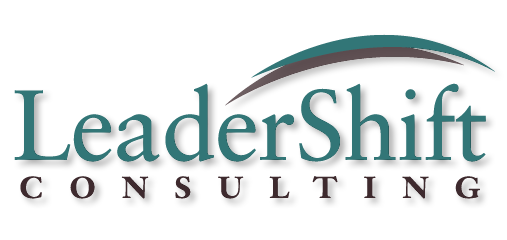Are You Kindling Others’ Courage?
Happy National Encouragement Day! Yes, apparently that’s a thing, and it’s today, September 12th. The reason I know this is that Sammi Brown, my local representative to the WV House of Delegates, announced it on social media this morning. Delegate Brown is the very embodiment of encouragement, so she’s the perfect person to get me thinking about the importance it plays in leadership.
I think we’ve lost the power of ‘encouragement’ as a word and an act in organizational life. We tend to see it as a mere compliment or pep-talk. Actually, encouragement is badass. At its root is courage, and courage’s linguistic root is the word for heart. To encourage (en-courage) someone is to kindle her brave heart. If that’s not the definition of leadership, I don’t know what is. It’s one of those leadership acts that requires as much grit as it does grace, so in my view, it’s one of the higher-order leadership skills.
To encourage (en-courage) someone is to kindle her brave heart. If that’s not the definition of leadership, I don’t know what is.
Encouragement takes many forms. One is a leader’s own example. Delegate Brown is my avatar for en-couragement. She’s a generous, compassionate public servant with a warrior’s spirit. She goes to the mat for teachers, workers, victims of sexual assault, people of color, government transparency and the environment – in a state where these causes are often all but lost. With a kind heart and a sharp mind, she fights hard in the hard fights. Although we’ve never met, Delegate Brown’s own courage en-courages me every day. (http://sammibrown.org – site coming soon)
Another form of encouragement is to provide challenge that is rooted in hope. We all know leaders who challenge people, but in a demoralizing, tightening-of-the-screws way. They’re the ones who gloss over the positive feedback and zoom in on what could be better. They take success for granted and use it mainly as a reason to raise the bar again. Maybe you find that kind of leadership encouraging; I don’t. The most encouraging leaders I’ve had are those who have seen more in me than I saw in myself. They didn’t push me to make themselves look good. They envisioned my best, helped me see it, and supported me to bring my potential into potent reality. Delegate Brown did just that this morning, encouraging everyday people of principle to run for office, and offering her direct support of those who choose to do so.
A third form of leadership encouragement is a consistent commitment to others’ learning. One of the great wasted opportunities in organizational life is the feedback conversation. Those conversations tend to be either complimentary or so-called constructive. They may produce feelings (good or bad), but rarely lead to insight or learning. But learning is what en-courages. It motivates and equips us to do better. So what if your feedback conversations were…
- grounded in a commitment to the person’s (vs. your own) success?
- tied to his or her aspirations and potential?
- specific and objective, whether you’re giving praise or critique?
- collaborative (maybe you’ll learn something too!)?
- clear about what comes next? Don’t assume they will magically intuit what to continue or change based on your feedback. Forge specific agreements.
In other words, what if you entered a feedback conversation in the role of a learning partner vs. a pleased or disappointed judge? Might that be more encouraging… for both of you?
Before we wrap up this exploration of encouraging leadership, let’s remember that encouragement goes both ways. In challenging, risky times, we need to encourage our leaders. Many of my executive clients feel frustrated, defeated, or overwhelmed. This is a hard time to lead, so maybe there’s a leader who needs your encouragement today, who needs you to lift them up or call them forward.
What about you?
- When you focus on the ‘courage’ part of encouragement, how does that shift your view of encouragement as a leadership act?
- Where are you demonstrating the brave heart that will en-courage others?
- Where or how might you kindle others’ courage by being more courageous yourself?
- Who around you may not see the potential in themselves that you see in them? How might you show that potential to them in an encouraging, inspiring way?
- By holding feedback as a learning conversation, what opens up for you? What might that open up for the receiver?
- What action can you take today to encourage a leader in your world? Who needs to be called to something more? Who needs to be appreciated – not just in a vague, atta-girl way, but in a way that shows her that she’s making a real difference to you?

